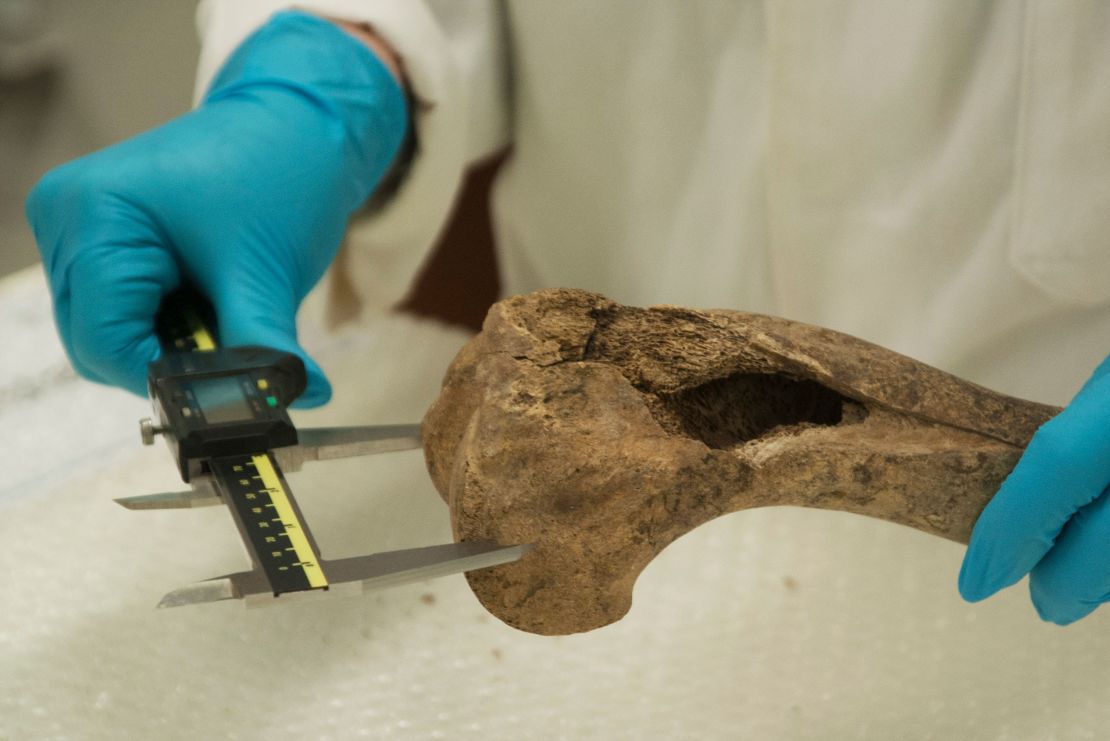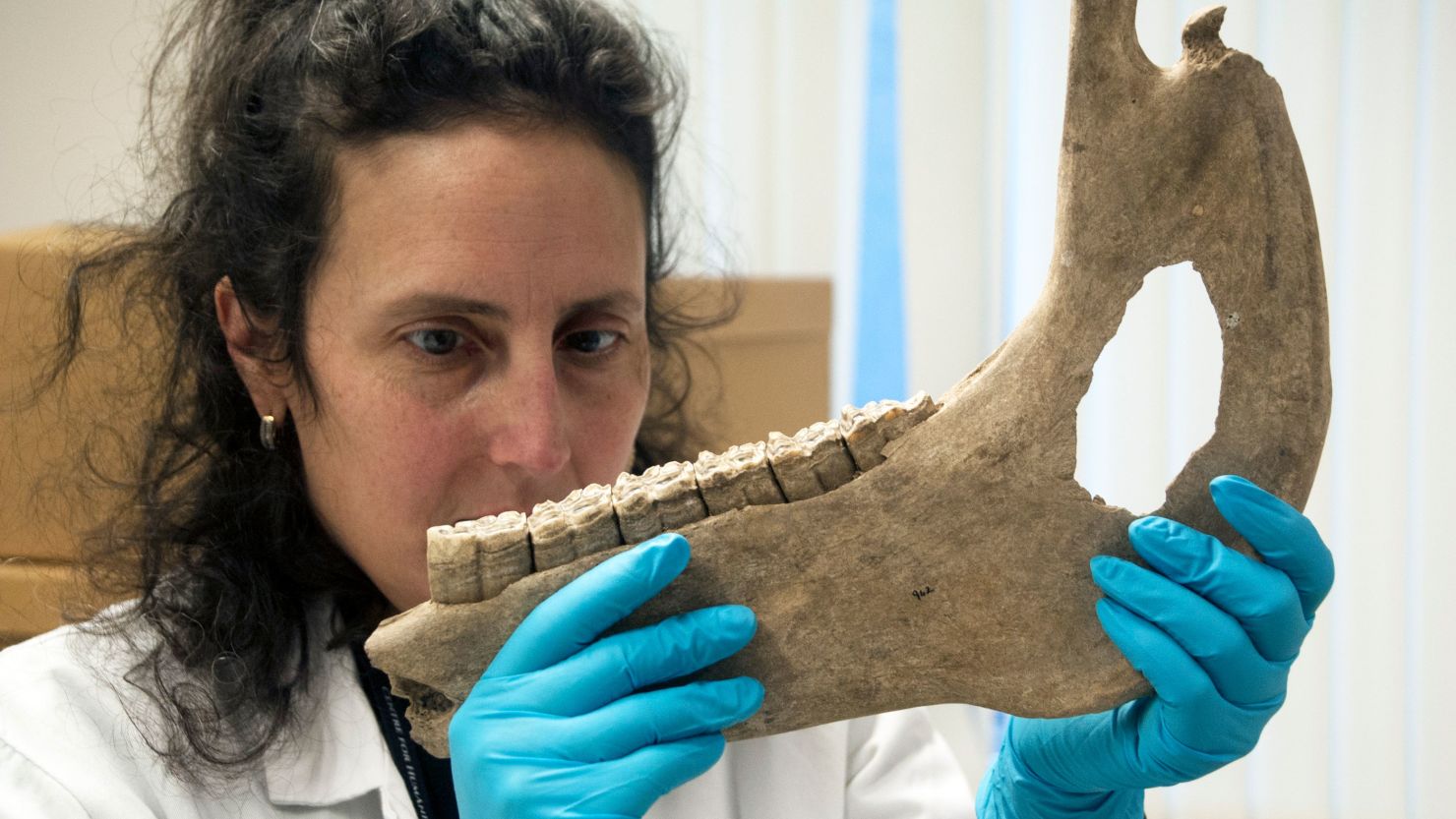Editor’s Note: Sign up for CNN’s Wonder Theory science newsletter. Explore the universe with news on fascinating discoveries, scientific advancements and more.
A knight in shining armor straddling a towering horse is a deeply ingrained part of how popular culture portrays the Middle Ages – the mounted battle-winning warrior.
But it appears the horses of that era were in fact pony-size – much smaller than their modern descendents, according to the largest-ever study of horse bones.
“The warhorse is central to our understanding of medieval English society and culture as both a symbol of status closely associated with the development of aristocratic identity and as a weapon of war famed for its mobility and shock value, changing the face of battle,” said Oliver Creighton, an archeology professor at the University of Exeter and the principal investigator for the project, in a news release.
The study, published in the International Journal of Osteoarchaeology, examined the size and shape of 1,964 English horse bones from between 300 AD and 1650 AD found at 171 separate archaeological sites. Researchers compared those bones with the bones of modern horses to understand how the animals changed through time.
On average, horses from the Saxon and Norman periods (from the 5th through 12th centuries) were under 1.48 meters (4.9 feet) or 14 hands high – ponies by modern size standards. A hand is 4 inches (10.2 centimeters) and the main unit to measure the height of horses and ponies.
The analysis also revealed horses shrank in size in the Norman period from Saxon times – even though this was a time when the horse played a a significant role in warfare: Almost 200 horses were depicted throughout the Bayeux Tapestry, which tells the story of the Norman conquest of England in 1066.

The study suggested that horses of 16 and even 15 hands, common today, would have been seen as very large by medieval people.
Alan Outram, an archeology professor at the University of Exeter and a study coauthor, said that medieval warhorses such as destriers, which charged into battle, might have been relatively large for the time period. But they were clearly much smaller than we would expect for such tasks today.
“Selection and breeding practices in the Royal studs may have focused as much on temperament and the correct physical characteristics for warfare as they did on raw size,” he said in the statement.
In the Middle Ages, horses had different martial purposes and may have been bred with these tasks in mind, the study said. Destriers, which might also have been intended for display or tournaments as well as charging, were taller, with smaller horses known as rouncies and trotters needed to cover long distances during mounted military campaigns.
Horses have been used in war for thousands of years and are still used today. US special operations forces used horses in Afghanistan as recently as 2001.
The study also noted that medieval archaeological sites often have fewer horse bones compared to earlier Roman and Iron Age sites. This is likely because medieval horse carcasses were often processed differently than other animals at tanneries, where skins are refined for leather, and knackers’ yards – where old animals are sold for meat.




